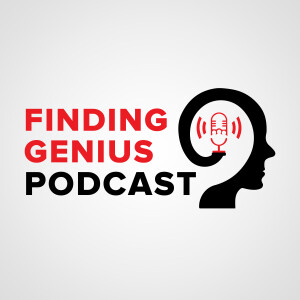
Imagine having a grand mal seizure while whitewater kayaking on a frigid river; you wake up and manage your way toward the shore, but you’re dazed and confused, freezing cold, and you don’t know where you are. Now imagine that a critical care registered nurse and wilderness medicine instructor comes to your rescue and brings you to safety. For a young man in his twenties, this story was real, and that nurse’s name was Jon Lowrance.
In today’s episode, we hear from Lowrance about his past and current experiences in the medical world. Tune in to learn:
- What types and depths of anesthesia exist, and what determines which type or depth is used
- What types of injuries and traumas are most commonly sustained in remote areas of wilderness, and the unique challenges presented by remote environments
- Why people are started on IV anesthesia and then switched to inhalational anesthesia during a procedure, and under what circumstances the IV route can be skipped
- What role the patient can play in their own experience with and choice of anesthesia
Lowrance got his start in the medical world as an outdoor guide and EMT who taught wilderness emergency medicine and risk management to other outdoor guides through Landmark Learning and the National Outdoor Leadership School (NOLS). He has since become a certified registered nurse anesthetist (CRNA), and currently works at a level one trauma center in Portland, Maine. He’s also the producer of an educational podcast for other anesthesia providers called Anesthesia Guidebook.
If you’ve ever had work done at the dentist, chances are you were under general anesthesia; you closed your eyes and opened them a second later—or at least that’s how it felt. Lowrance compares general anesthesia to other forms of anesthesia and gives examples of when and how they are used. He discusses anesthesia side effects, monitoring parameters, invasive lab results, invasive blood pressures and central lines to monitor specific pressures within the heart, cerebral oximetry, and the use of ECG. He also talks about the modulation of a patient’s physiology or immune response during anesthesia, sedation vs. anesthesia vs. analgesia vs. paralytics, the use of ketamine in patients with psychiatric conditions or chronic pain, and more.
To learn more, check out https://anesthesiaguidebook.com/.
More Episodes
Create your
podcast in
minutes
- Full-featured podcast site
- Unlimited storage and bandwidth
- Comprehensive podcast stats
- Distribute to Apple Podcasts, Spotify, and more
- Make money with your podcast
It is Free
- Privacy Policy
- Cookie Policy
- Terms of Use
- Consent Preferences
- Copyright © 2015-2024 Podbean.com







